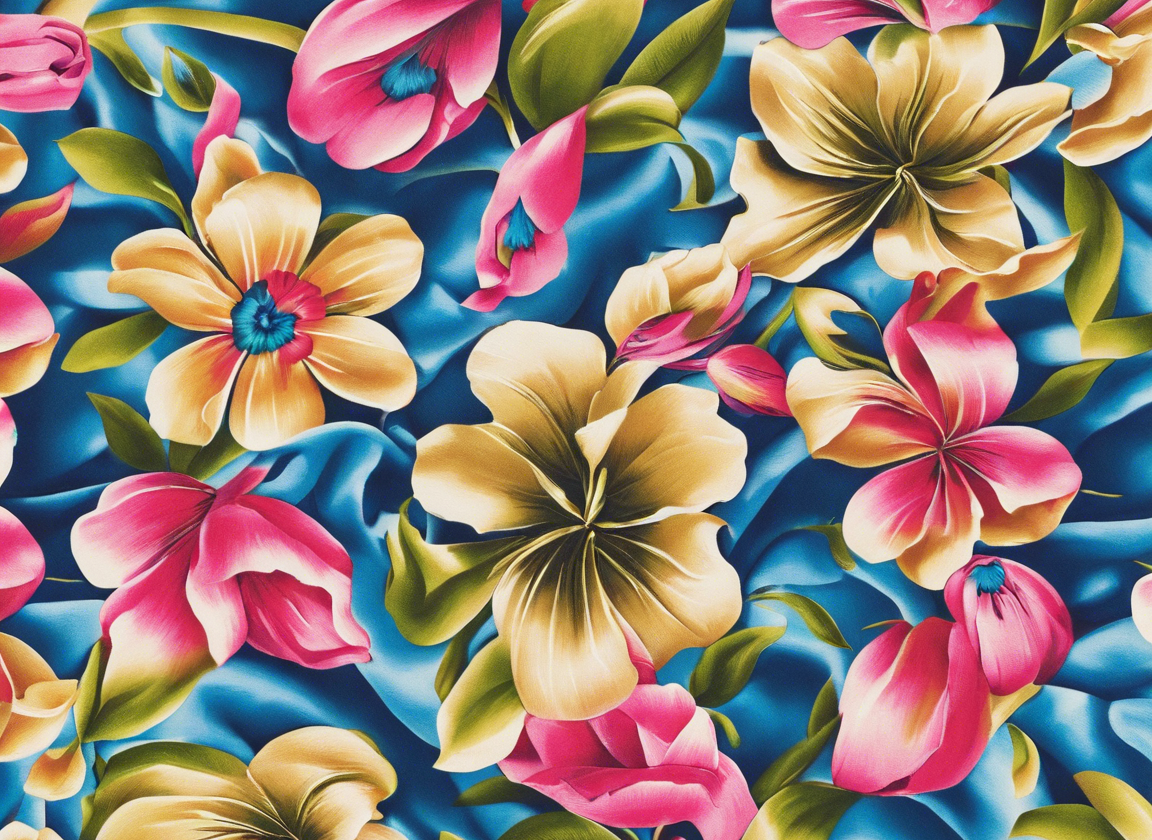Dive into the Versatility of Crepe Fabric

Crepe fabric is a versatile textile known for its unique texture and drape. This fabric is commonly used in a wide range of garments, from elegant evening gowns to casual tops and blouses. With its distinct crinkled surface and stretchy nature, crepe fabric offers a variety of benefits that make it a popular choice in the fashion industry.
What is Crepe Fabric?
Crepe fabric is a lightweight plain-woven fabric with a slightly pebbled or crinkled texture. It is created by using high twist yarns in both the warp and weft, which gives it a distinctive crispness and grainy feel. Crepe fabric can be made from a variety of fibers, including silk, cotton, wool, polyester, and rayon. The most common types of crepe fabric are crepe de chine, georgette, and crepe-back satin.
Characteristics of Crepe Fabric
- Texture: Crepe fabric has a unique pebbled texture that sets it apart from smooth fabrics. This crinkled surface adds depth and visual interest to garments.
- Drape: Crepe fabric drapes beautifully and is known for its fluidity. It is often used in garments that require a soft, flowing silhouette.
- Stretch: Crepe fabric has a slight stretch due to its twisted yarns, making it comfortable to wear and allowing for ease of movement.
- Breathability: Crepe fabric is lightweight and breathable, making it suitable for a variety of weather conditions.
- Versatility: Crepe fabric can be used for a wide range of garments, from structured blazers to flowy dresses, offering endless design possibilities.
Benefits of Crepe Fabric
- Elegance: Crepe fabric has a luxurious look and feel, making it a popular choice for formal wear such as evening gowns and wedding dresses.
- Comfort: The soft texture and stretch of crepe fabric make it comfortable to wear for long periods, ideal for day-to-day clothing like blouses and skirts.
- Durability: Crepe fabric is resilient and holds up well to wear and tear, making it a long-lasting option for a variety of garments.
- Wrinkle-resistant: Crepe fabric resists wrinkles, making it a practical choice for travel and everyday wear.
- Easy care: Crepe fabric is generally easy to care for and can often be machine washed or dry cleaned depending on the fiber content.
Uses of Crepe Fabric
– Evening wear: Crepe fabric is a popular choice for elegant evening gowns, cocktail dresses, and formal attire due to its luxurious look and drape.
– Blouses and tops: Crepe fabric is often used in blouses, tops, and tunics for its comfortable stretch and flattering drape.
– Skirts and dresses: Crepe fabric works well for skirts and dresses of all lengths, from pencil skirts to maxi dresses, offering a sophisticated silhouette.
– Tailoring: Crepe fabric is also used in tailored garments such as blazers, trousers, and suits for its structured yet fluid nature.
– Accessories: Crepe fabric can be used to create accessories like scarves, shawls, and wraps for a touch of elegance.
Care and Maintenance of Crepe Fabric
To maintain the quality and longevity of crepe fabric, it is essential to follow proper care instructions:
- Check the label: Always refer to the care label on the garment for specific instructions on washing and caring for crepe fabric.
- Hand wash or machine wash: Crepe fabric made from natural fibers like silk or wool may require delicate hand washing, while polyester or rayon crepe fabric can often be machine washed on a gentle cycle.
- Avoid heat: Crepe fabric should not be exposed to high heat, as it can cause shrinkage or damage. Air drying or using a low heat setting in the dryer is recommended.
- Ironing: Use a low heat setting when ironing crepe fabric to avoid scorching or damaging the fibers. Steam ironing can help remove wrinkles without excessive heat.
- Storage: Store crepe garments in a cool, dry place away from direct sunlight to prevent fading or discoloration. Hanging garments on padded hangers can help maintain their shape.
FAQs (Frequently Asked Questions)
Q: Is crepe fabric suitable for all body types?
A: Crepe fabric is versatile and works well for various body types. The drape and stretch of crepe fabric can flatter different silhouettes, making it a popular choice for many.
Q: Can crepe fabric be dyed easily?
A: Depending on the fiber content, crepe fabric can be dyed with the appropriate dyes. Natural fibers like silk and cotton may take dyes more vibrantly than synthetic fibers.
Q: Does crepe fabric shrink after washing?
A: Proper care and following washing instructions can help minimize shrinkage in crepe fabric. It is essential to avoid high heat when washing and drying to preserve the fabric’s quality.
Q: Can crepe fabric be tailored easily?
A: Crepe fabric is generally easy to tailor due to its stable structure and slight stretch. However, it is recommended to work with a professional tailor for precise alterations.
Q: Is crepe fabric suitable for summer wear?
A: Crepe fabric’s lightweight and breathable nature make it a suitable choice for summer garments. It offers comfort and style while keeping you cool in warm weather.
In conclusion, crepe fabric is a versatile textile that offers a unique blend of elegance, comfort, and durability. Its distinctive texture and drape make it a popular choice for a wide range of garments, from formal evening wear to everyday tops and blouses. By understanding the characteristics, benefits, and care instructions of crepe fabric, you can make informed choices when incorporating this versatile fabric into your wardrobe.